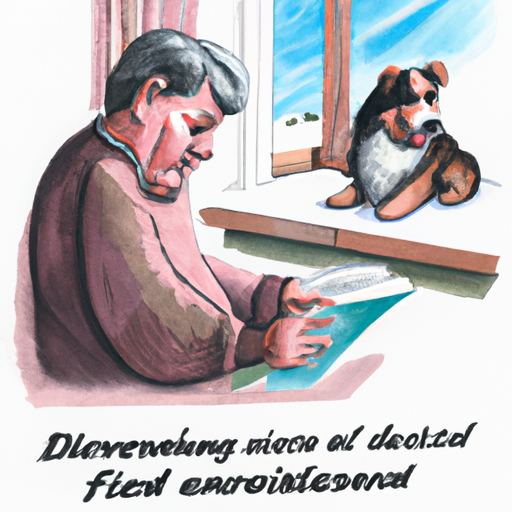Prednisone is a powerful drug that can be incredibly helpful for your furry friend. However, as with any medication, it comes with its own set of potential side effects. In this article, you’ll learn about the possible side effects of prednisone in dogs, so you can be well-informed and prepared to care for your pet.
Side Effect #1: Increased Thirst and Urination
One of the most common side effects of prednisone in dogs is an increase in thirst and urination. This is because the medication can cause an imbalance in the natural electrolytes in your dog’s body, leading to increased water intake.
- What you can do: Make sure your dog has access to fresh water at all times. You may also need to let them out more frequently to urinate.
Side Effect #2: Increased Appetite
Prednisone can also cause an increase in appetite. While this might seem like a good thing, especially if your dog has been unwell and not eating, it can lead to overeating and weight gain.
- What you can do: Monitor your dog’s food intake and try to prevent overeating. Regular exercise can also help maintain a healthy weight.
Side Effect #3: Behavioral Changes
Your typically well-behaved pet might begin to exhibit unusual behaviors, such as restlessness, aggression, or anxiety. This can be a challenging side effect to cope with, but remember, it’s the medication, not your beloved pet.
- What you can do: Provide a calming environment for your pet and consider working with a professional trainer or behaviorist for more severe cases.
Side Effect #4: Immune System Suppression
Prednisone is an immunosuppressant, which means it can weaken your dog’s immune system, making them more susceptible to infections.
- What you can do: Keep your dog’s environment clean and avoid contact with sick animals. Regular vet checks are also crucial.
Side Effect #5: Long-Term Effects
If your dog is on prednisone for a prolonged period, they may experience more serious side effects, including diabetes, Cushing’s disease, and stomach ulcers.
- What you can do: Regular vet check-ups are essential to monitor your dog’s health and adjust the medication as needed.
Here’s a quick reference table for you:
| Side Effect | What You Can Do |
|---|---|
| Increased Thirst and Urination | Provide fresh water and frequent bathroom breaks |
| Increased Appetite | Monitor food intake and provide regular exercise |
| Behavioral Changes | Create a calming environment and consider professional help |
| Immune System Suppression | Maintain a clean environment and regular vet checks |
| Long-Term Effects | Regular vet check-ups and medication adjustments |
Frequently Asked Questions
Q: Can I stop giving my dog prednisone if they’re experiencing side effects?
A: It’s crucial not to stop or adjust your dog’s medication without consulting your vet.
Q: How long do the side effects last?
A: The duration of side effects can vary. Some may diminish once your dog’s body adjusts to the medication.
Q: Can all dogs have these side effects?
A: Not all dogs will experience these side effects, as each dog’s reaction to medication can be different.
Remember, as a caregiver, your role is to provide the best possible care for your pet. Understanding the potential side effects of medications like prednisone can help you in this mission. Always consult with your vet if you have any concerns or notice any changes in your dog’s behavior or health.



